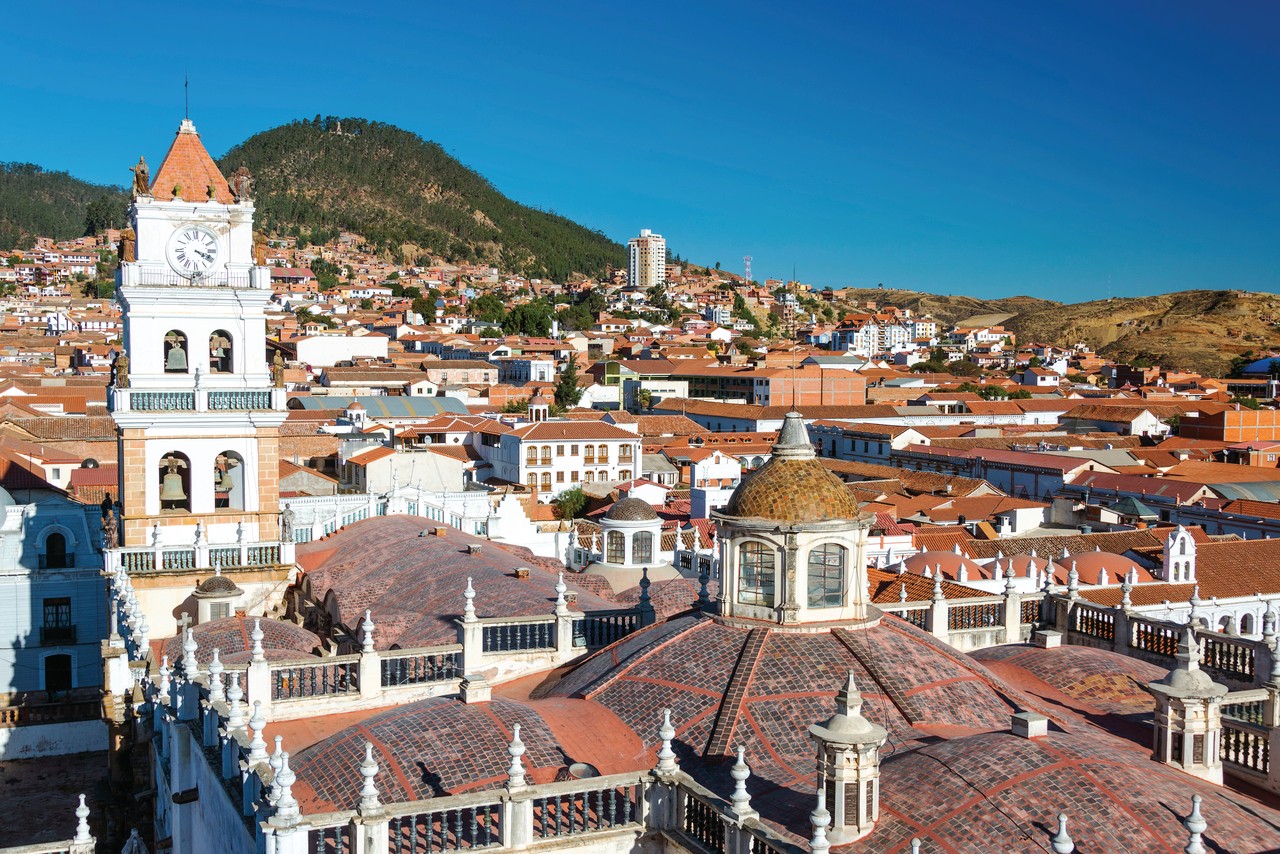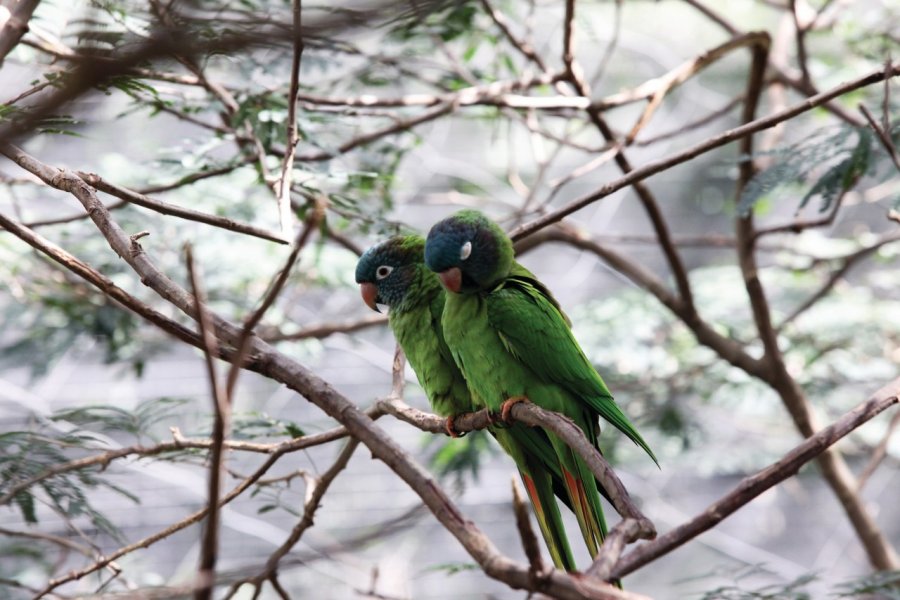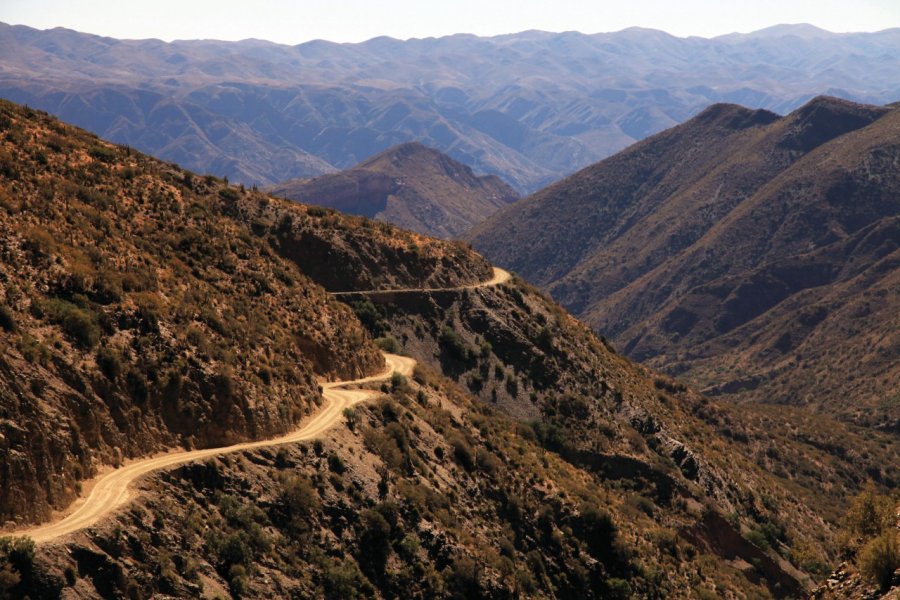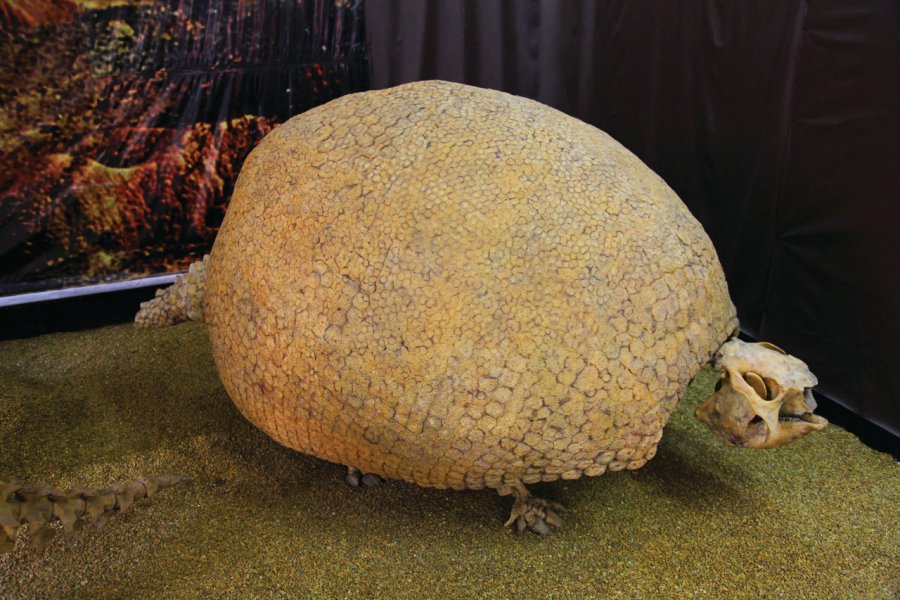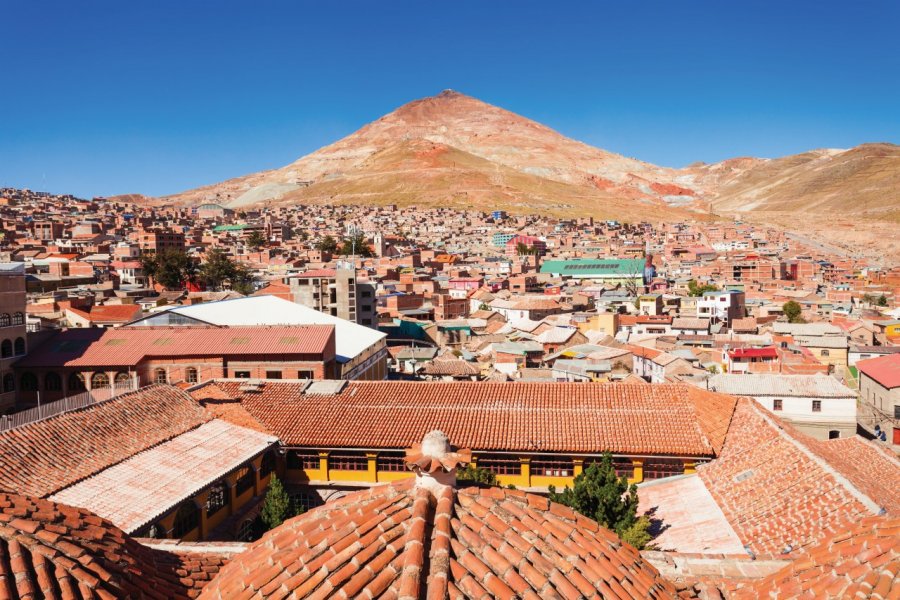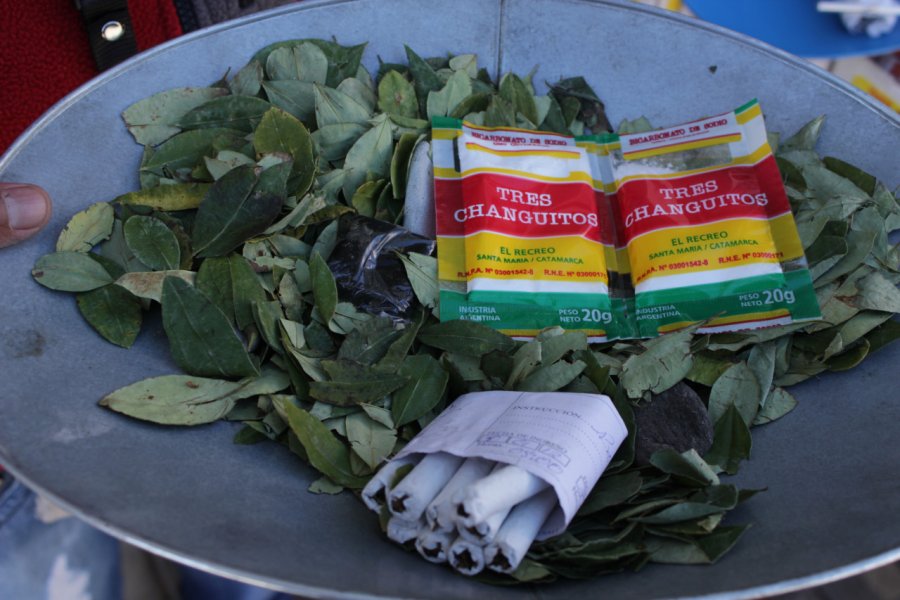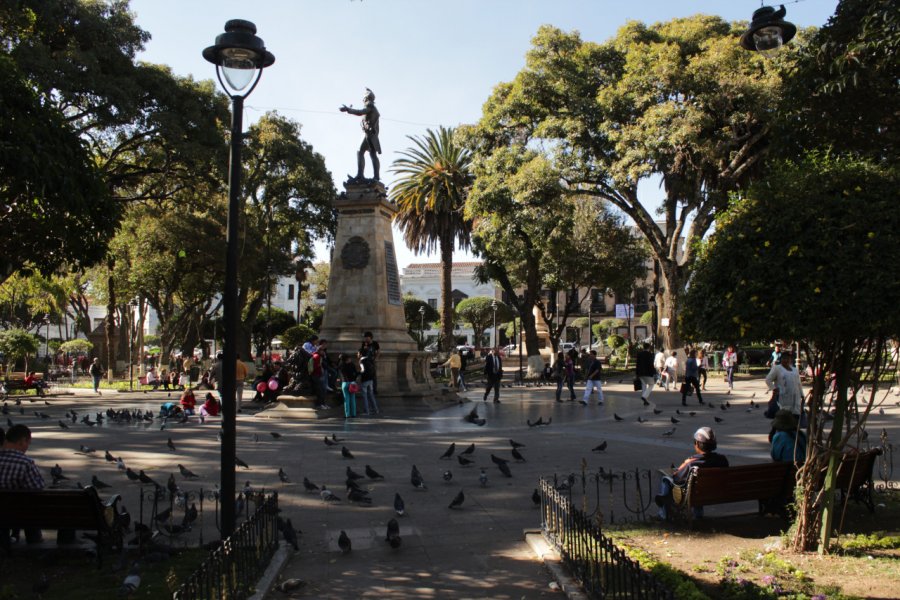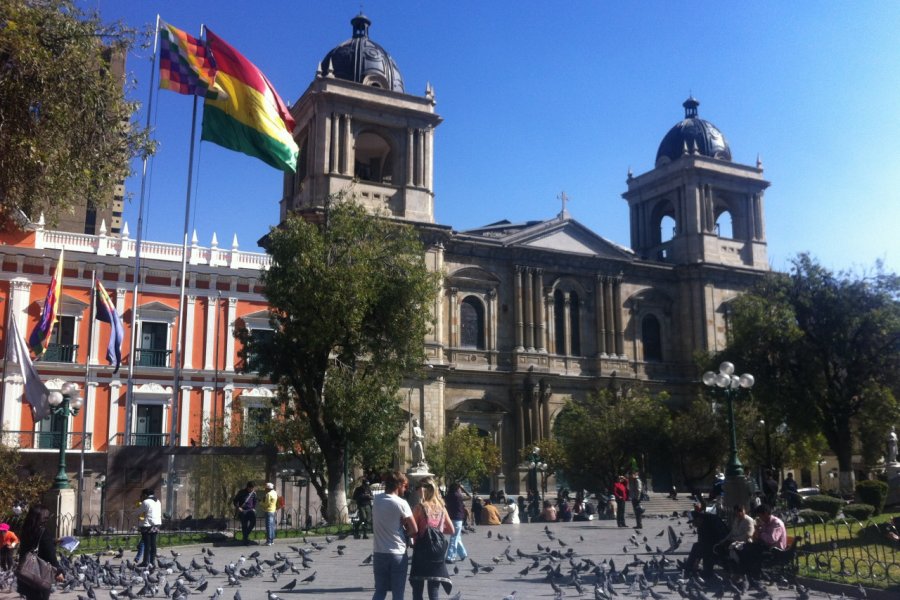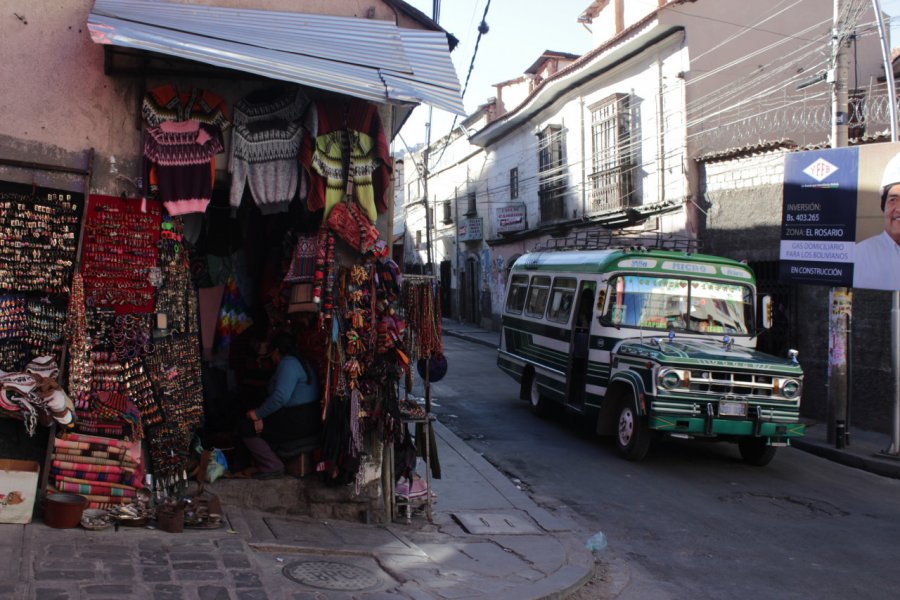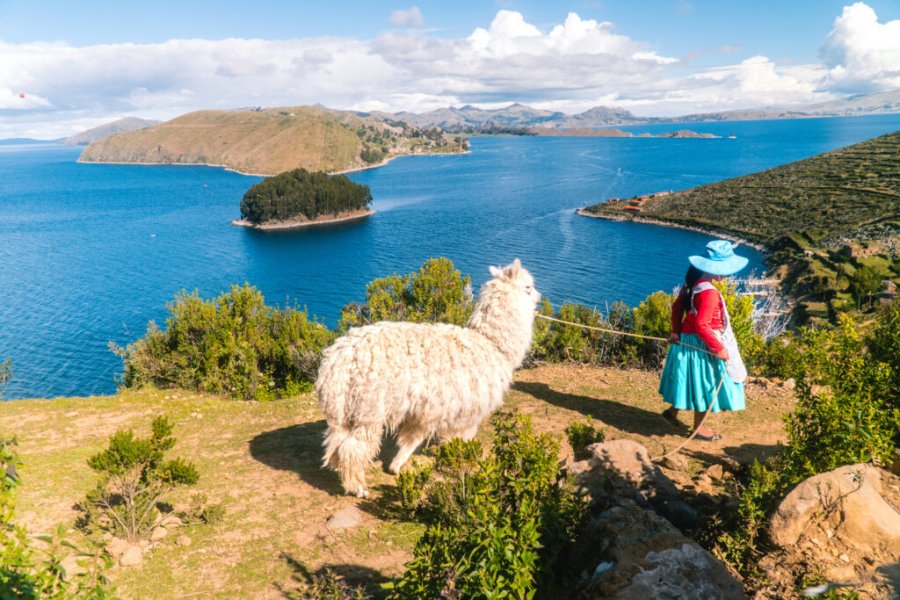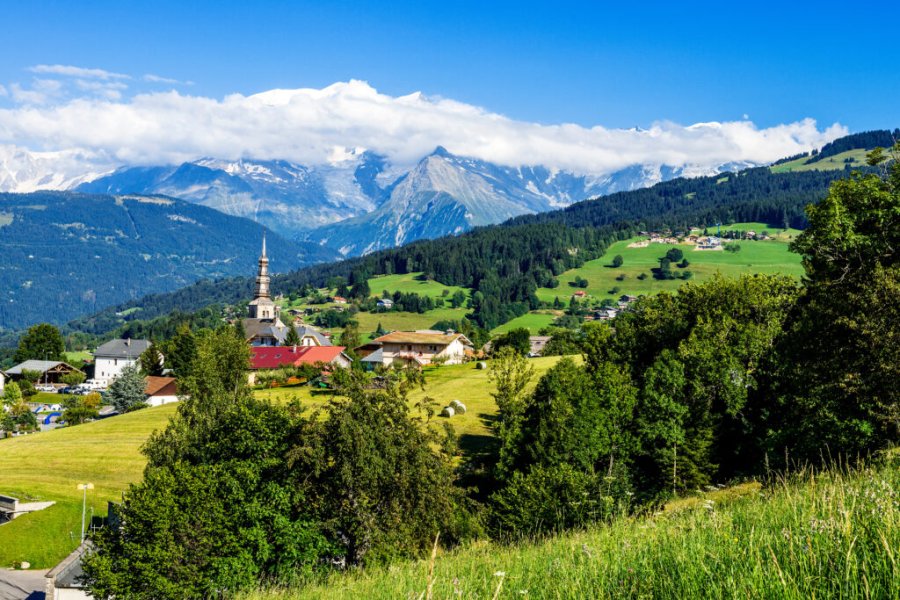Historical and cultural heritage through the main cities
Highlights of the trip
During your stay you can enjoy the following highlights: Culture / Heritage, Discovery.
Best times to go
The best time(s) to go is/are : Printemps, Eté, Automne.
Where to stay in : Santa Cruz ?
The map of your stay "Historical and cultural heritage through the main cities"
Detail of the stay : Historical and cultural heritage through the main cities
How to get there - Santa Cruz
Arrival in Santa Cruz

Steps: La Paz
Santa Cruz de la Sierra, the country's economic capital, is located at an altitude of less than 500 metres. It has an international airport, we advise you to choose it as a starting point because arriving in La Paz, located at an altitude of 3,600 metres, can be difficult (altitude sickness). A fairly isolated city until the early 20th century, its colonial architecture was rather well preserved (in the historic city centre). Go for a bite to eat at the Mercado de los Pozos and take a walk at Mercado 7 Calles (textile market)
Route of the Jesuit missions Chiquitos

Steps: San José De Chiquitos
From Santa Cruz, go on a day trip (or over several days to complete the full loop) to the surrounding villages of the former Jesuit missions in the Chiquitos region. A special timeless atmosphere still prevails. These villages were founded during the Spanish colonization by Catholic priests to evangelize the region. They are now classified as UNESCO World Heritage Sites: San Javier, Concepción, San Ignacio, San Miguel, San Rafael, Santa Ana and San José de Chiquitos.
Places of interest : PARROQUIA SAN MIGUEL CATEDRAL DE LA INMACULADA CONCEPCIÓN
Tarija, the delicious

Steps: Tarija
Take the plane to the south of the country, direction Tarija (during the rest of the tour you can then take buses). This southeastern region of Bolivia is known for its delicious cuisine, epicureans can indulge themselves! The pretty little town of Tarija, in the charming colonial historic centre, is located on the banks of the Río Guadalquivir in the hollow of a temperate valley at an altitude of 1,854 m. Its mild climate and fertile soils have enabled the region to develop a wide variety of agricultural and pastoral productions, including in particular the highest vineyards in the world!
Discovering Bolivian vineyards

Steps: Tarija
From Tarija, go on a day trip to visit one (or more) wineries. Taste Bolivian wine, but above all, learn the secrets of making Singani (also called pisco), a popular wine brandy. Bolivia is disputing the origin of this beverage with Peru and Chile. In our opinion, it is just as good in all three countries... Will you be tempted by a tasting?
Charming historical centre of Potosi

Steps: Potosí
We continue to climb up to Potosi, at the foot of Cerro Rico at an altitude of 4,070 metres. Its old town has been a UNESCO World Heritage Site since 1987. Stroll through its alleys, visit La Casa de la Moneda, make some purchases at the local market.
Places of interest : CASA DE LA MONEDA
The silver mines of Cerro Rico

Steps: Potosí
Potosi was founded in 1545 with the primary objective of exploiting the silver mine located under Cerro Rico. Huge quantities of the precious metal were extracted to supply the crates of the Spanish crown. The indigenous people were then subjected to forced labour under horrible conditions (breathing problems, landslides...). But during this time, the city quickly became the most populated in America (behind Mexico City). The mine continues to operate, conditions have improved slightly. Will you choose to visit these sad silver mines or not? The visit is strongly discouraged for people who are claustrophobic or who may be quickly exhausted by too little oxygen. Visits are organised by local agencies in cooperation with juvenile associations
Places of interest : MINES DU CERRO RICO
On the Sugar market

Steps: Sucre
We go down a little bit in altitude, but not too much: 2,780 meters. Sucre is the constitutional capital of the country because the seat of the Supreme Court is located there. The "white" historic centre and its colonial architecture and numerous churches are classified as UNESCO World Heritage Sites. Go to the central market and, for the most gourmands, taste the cream cakes in particular. Also go to the heights of the city, to the Recolta, for a beautiful panoramic view (superb sunsets). Visit the Museo del Tesoro and Casa de La Libertad (history).
Places of interest : CASA DE LA LIBERTAD MERCADO CENTRAL DE SUCRE MUSEO DEL TESORO
Visit of Quechua villages

Steps: Sucre
Go on an excursion to the surroundings of Sucre. Many local guides offer their services. For example, you can do a part of the Inca path and meet indigenous people (Quechus) like the Jalqu'a.
La Paz, the highest capital city in the world

Steps: La Paz
At an altitude of 3,600 metres, La Paz holds the record for the highest capital in the world. Don't forget your little wool, it's very cool there! Take the cable car to the heights of the city from where you will have a magnificent panorama. Go for a walk in the curious Linares Street and its Mercado de las brujas (witches' market). If you are a museum lover: ethnography, folklore, musical instruments, contemporary art, textiles... you will certainly find your happiness in La Paz where even the coca leaf has its museum!
Places of interest : MERCADO DE LAS BRUJAS MUSEO DE LA COCA MUSEF, MUSEO NACIONAL DE ETNOGRAFIA Y FOLKLORE MUSEO DE INSTRUMENTOS MUSICALES DE BOLIVIA
